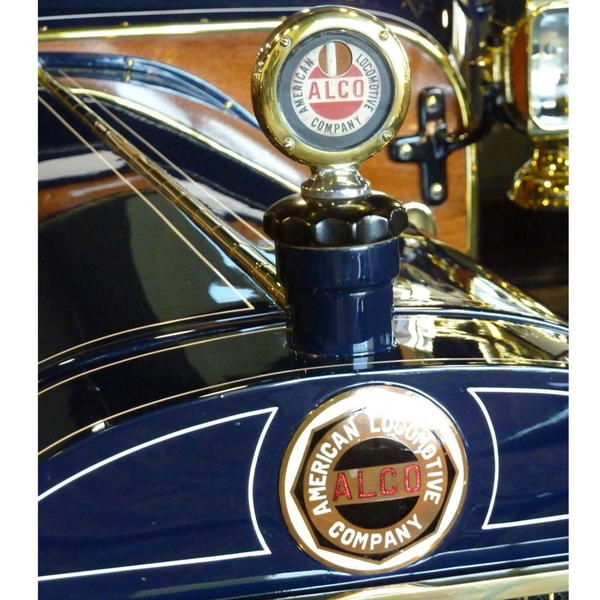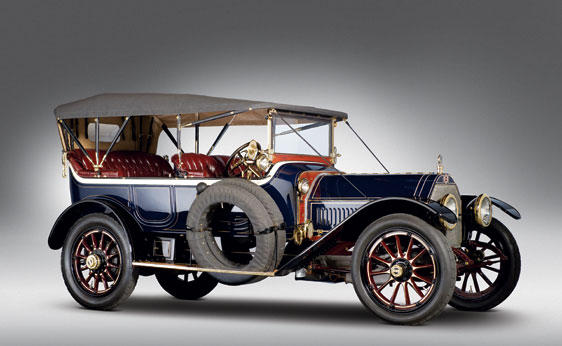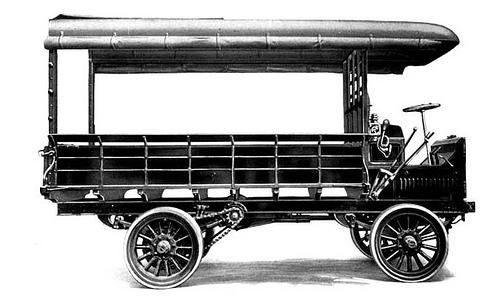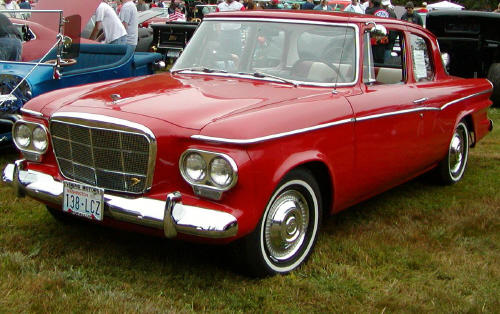Alco Automobiles
I mentioned last week that few people realize that after the American Locomotive Co’s formation in 1901 by the merger of 8 locomotive builders, they built automobiles and trucks.
They began in 1906 by building the French Berliet under license. Two years later the dropped the license and began building vehicles of their own design under the Alco name. The venture was unprofitable and stopped producing automobiles and trucks after 1913
An interesting fact is, Alco cars won the 1909 and 1910 Vanderbilt cup. An Alco also were entered in the first Indianapolis 500 in 1911.
I don’t know if anybody ever produced a 1/43 model of an Alco Automobile. They were brass era cars, and unless you model the early 20th century it would be just a curiosity. Nevertheless, as a 1/43 collector, I would have one in my collection.
Alco radiator badge and motor meter.
1913 Alco touring car.
1912 Alco Truck
Alco radiator badge and motor meter.
1913 Alco touring car.
1912 Alco Truck
A bit of irony is an Alco truck was used for the first transcontinental motor freight shipment
A link to last weeks post
https://ogrforum.ogaugerr.com/t...cle-chronicle-aug-30














